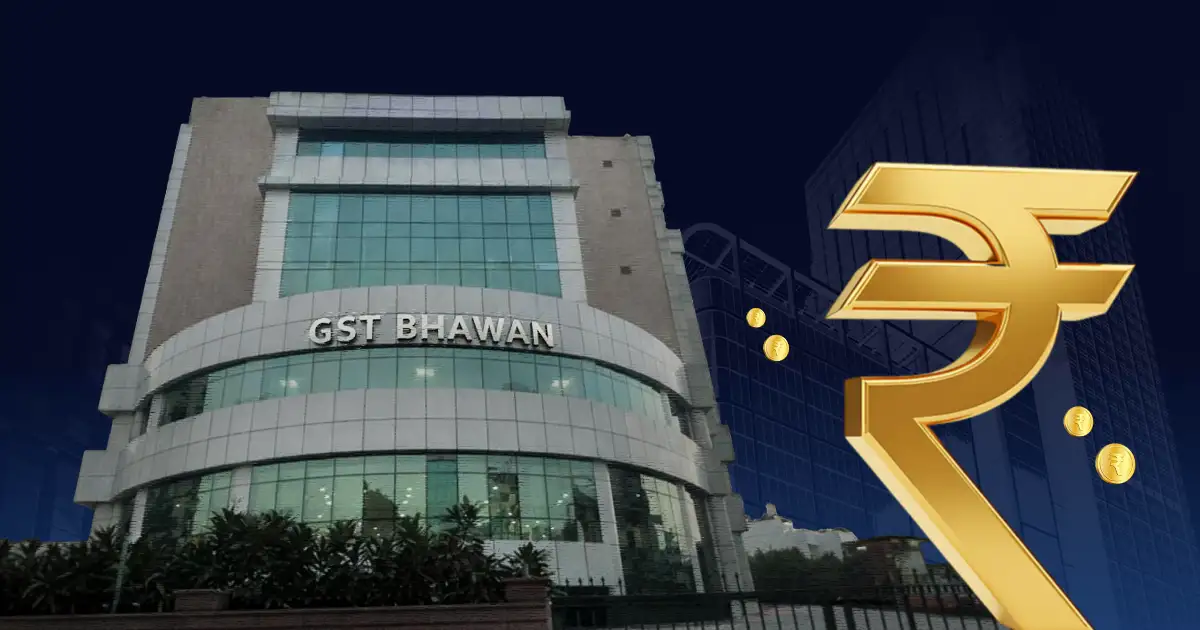
Introduction
The Input Service Distributor Mechanism is one such process that evenly divides ITC for shared services among several responsible recipients who are all registered under the same PAN.
This blog will discuss topics such as the ISD technique, registration, distribution process, applicability, non-applicability, etc.
What does the GST definition of Input Service Distributor (ISD) mean?
The term “input service distributor” refers to a taxpayer who receives tax invoices for input services, including services liable under RCM for or on behalf of a distinct person (i.e., a person with a different GSTN under the same PAN), and who is in charge of distributing the ITC for such invoices among such distinct persons.
An ISD is a particular kind of taxpayer that has registered as an ISD under the GST law in order to generate ISD invoices and allocate ITC proportionately among its branches, which share the same PAN but have different GSTNs.
ISD Mechanism Requirement
There are several branches inside and beyond the state of ISD, which is the office of service receivers. In order to avoid duplicate billing and comply with the centralized invoice-maintenance system, the central office prefers to have invoices generated under its name when all of these branches get the same services.
Section 16 states that the registered person who gets the goods or services can only claim the ITC if he has the invoice, paid the tax, and submitted the return.
Although the transaction in this case is valid, the branches are not eligible for ITC since the central office has an invoice despite the fact that all of the branches have received services. An ISD procedure was put in place to stop this, allowing the ISD to distribute ITC to all branches in a predetermined manner even when the invoice is in the ISD’s name.
Non-Application of ISD
According to the ISD system, the branch that uses it must claim the ITC; it cannot be granted for capital and input commodities like raw materials or machines.
Getting enrolled
A necessary registration under GST as ISD, FORM GST REG-1 must be completed by the taxpayer who is required to disburse ITC under the ISD Mechanism in compliance with clause (viii) of section 24.
ISD registration is necessary for the distribution of ITC linked to shared services, regardless of the turnover level.
Returns filing
Information on the invoices that received ITC and the ISD invoices or credit notes that formed the basis for the ITC distribution to branches must be included in the return that each ISD must file on FORM GSTR-6.
The specifics of the services ISD received can be reconciled in FORM GSTR-6A before reporting purchase data to FORM GSTR-6. The thirteenth of the next month is the deadline for the GSTR-6 filing.
Taxability of services rendered to the branch office (BO) by the Head office (HO)
The GST council provided an explanation of three different situations in its July 17, 2023, circular No. 199/11/2023-GST. Let us look at the circular stated above:
- Is it possible for the HO to provide section 31 tax invoices to BOs after purchasing common input services from a third party, allowing the BOs to claim ITC?
When the HO obtains common input services from a third party that are either solely attributable to one or more BOs or neither the HO nor its BOs, the HO has two options for assigning ITC:
- ISD Mechanism: The HO may administer ITC using the ISD mechanism in accordance with Section 20 of the CGST Act and Rule 39 of the CGST Rules, 2017. However, the law mandates that the HO must register as an ISD if it decides to take this course of action.
- Tax Invoices: The HO is also permitted to forward tax invoices for the common input services to the relevant BOs in accordance with Section 31 of the CGST Act. The BOs are then qualified to claim ITC, provided that they have received the services and are in compliance with Sections 16 and 17 of the CGST Act.
It is crucial to remember that the HO may only distribute or issue tax bills or disburse ITC via ISD if the BOs were the ones who really received the services.
- Does the HO need to submit invoices to BOs for internally generated services under Section 31 of the CGST Act and include all cost components, including staff salary, in the service value when the BOs have access to full ITC?
According to Section 15(4) of the CGST Act and Rule 28 of the CGST Rules, the HO’s services to BOs would be valued. According to Rule 28(a), the value is normally the open market value. The amount listed on the HO’s invoice is considered the open market value if the BO is eligible for full ITC, even if all cost components—like staff pay—are not included.
The value of some services provided to the BO may be considered zero if the HO does not submit an invoice for them, as per the second provision of Rule 28. In this instance, the open market value is regarded as the services’ worth.
- Does the HO have to include the salary expenditures of its employees who provide domestically generated services in calculating the taxable value of the supply to the BOs when the BOs are not qualified for full ITC?
Rules for the Distribution of ITC
The following situations may result in the Input Service Distributor (ISD) granting credit to receivers:
1. Documentation: Only with a specific document, such as an ISD invoice or ISD credit note, may credit be granted in compliance with requirements.
2. Distribution Limit: The total credit offered cannot be more than the total amount of credit that can be dispensed.
3. Credit Attribution:
- If the credit is for services that the recipient used, then only the recipient should get it.
- The credit must be distributed among the recipients based on their total turnover in a State or Union territory within the applicable time frame if it pertains to services that are used by several beneficiaries.
- If the credit is for services that all beneficiaries used, it must be distributed to each beneficiary based on their individual turnover in a State or Union territory during the relevant period.
4. The Pro Rata Distribution model
- When many receivers utilise the same service, the credit should be divided among them based on the percentage of each recipient’s turnover compared to the total turnover of all recipients during the relevant period.
5. A pertinent time period
- The fiscal year before the year the ITC is to be disbursed will be utilised as the basis for distribution if the grantees had turnover in their States or Union territories during that fiscal year.
- The turnover from the most recent quarter for which data is available, before the month of ITC distribution, shall be utilised in its place, however, if some or all beneficiaries had no turnover in the prior fiscal year.
6. Distribution of IGST, CGST, and SGST/UTGST by ISD
- where the state where the ISD and the ITC recipient live is the same.
What is the distribution of ITC under the ISD Mechanism?
In order to distribute the credit to a specific recipient (registered or not), including those who are providing exempt supply or who are unregistered for whatever reason, the following formula is used to calculate how much should be given to each receiver (“C1”):
- C1 = (t1 / T) × C
- The total amount of credit that can be given out is C.
- t1 = The turnover of the individual receiver (R1) during the previous time frame.
- T = The total turnover of all recipients who may be credited with the input service throughout the pertinent period of time.
In short, the credit is distributed based on the share of the total turnover among all service customers that each receiver receives.
Conclusion
ISD is necessary for ITC distribution, therefore demanding it will expedite the procedure and avoid billing for the same services twice. The GST Council’s modifications and clarifications pave the way for the smooth operation of the tax system across the organisation.




